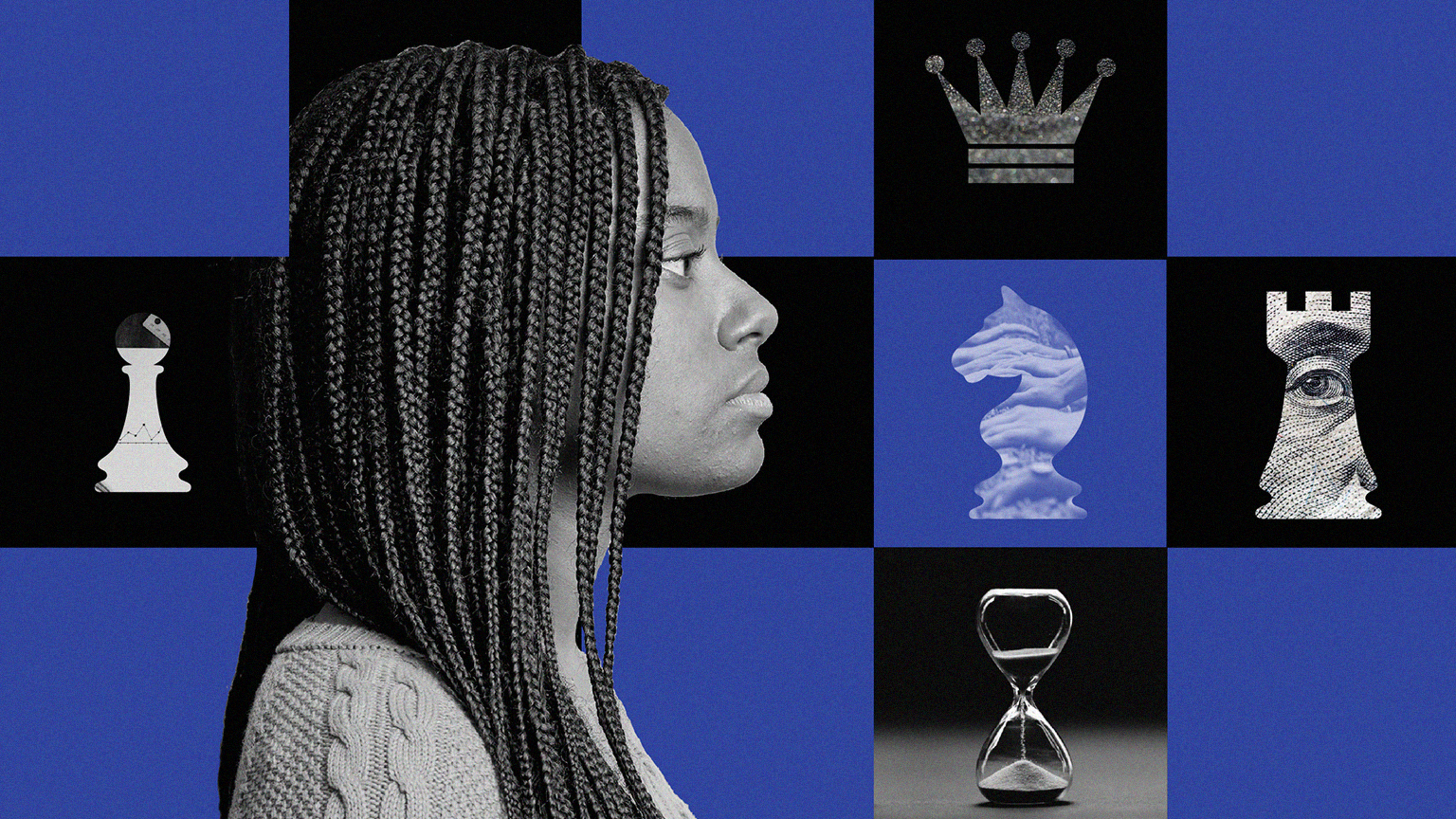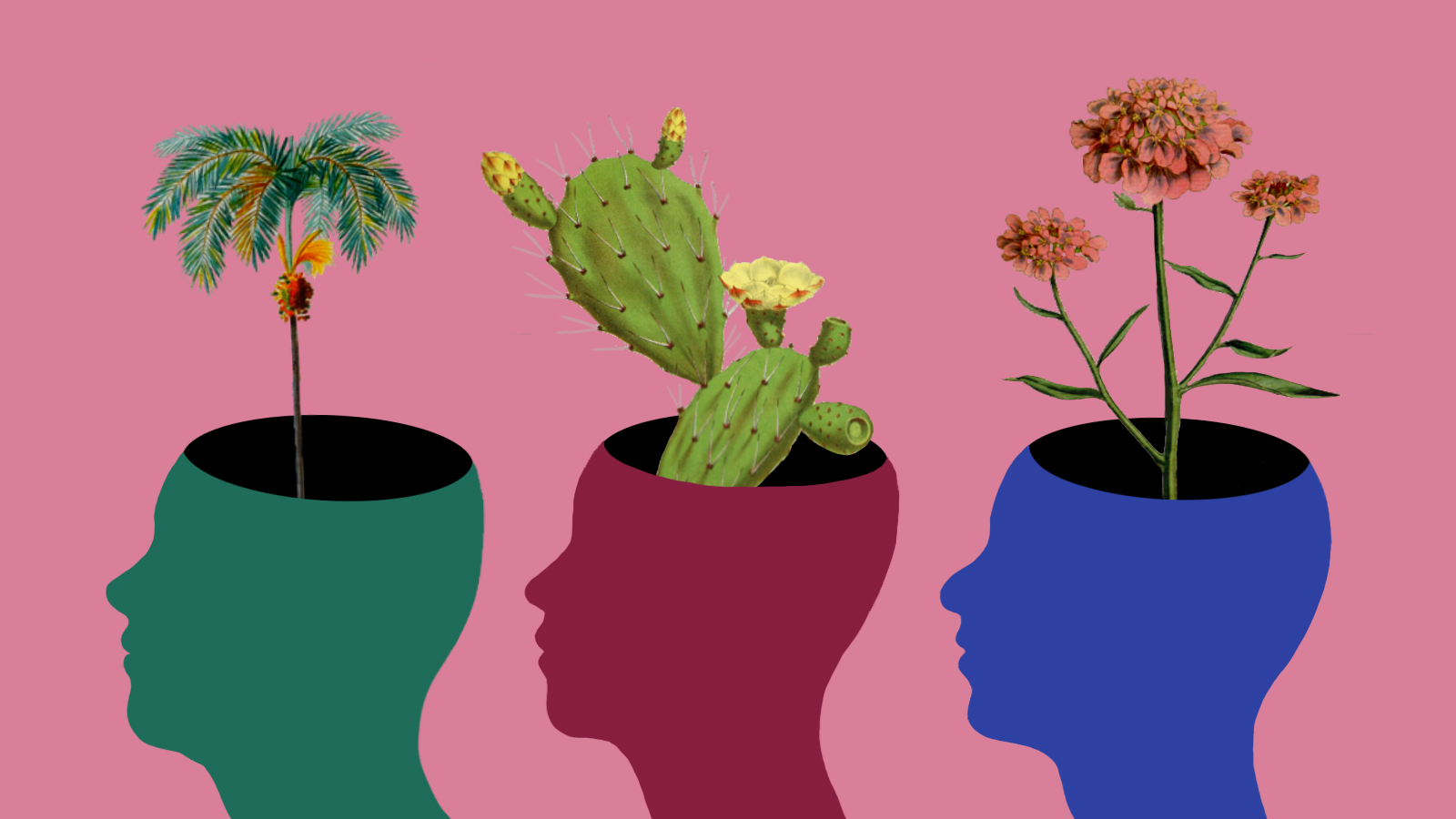Transformative learning 101

Learning and development leaders are expected to be key drivers of change within their organizations, and understanding transformative learning theory can help them create the conditions that support it.
Today’s world of work is characterized by frequent change — change in strategic direction and objectives, the adoption of new technologies, new policies and procedures, to name a few. Any such change can be a disorienting dilemma for employees that requires critical reflection on their current assumptions and perspectives.
That is exactly what Mezirow’s transformative learning theory is designed to address. It may not be the first theory that L&D designers latch onto when deciding how to approach a particular learning need, but it can be of great value in learning initiatives related to organizational change efforts.
What is transformative learning?
The theory of transformative learning, also known as transformational learning, grew out of research conducted by Jack Mezirow (1923-2014) on middle-aged women returning to college. His line of inquiry was inspired by his wife’s experiences when she enrolled at Sarah Lawrence College in mid-life to complete her undergraduate degree.
His aim in conducting the large-scale study was to identify the process the adult brain goes through in acquiring new information and integrating it with existing knowledge. For most of the study’s participants, that process involved a personal transformation that allowed them to become competent and confident in new roles and relationships.
What Mezirow found was that upon acquiring new information, adults evaluate their meaning structures (their perspectives and assumptions) and may alter their worldview accordingly. That phenomenon occurs in both types of learning identified by Mezirow — instrumental learning which is focused on learning skills and solving problems, and communicative learning which is focused on communicating feelings and emotional needs. It’s also what makes transformative learning effective in bringing about organizational change.
Meaning structures, explained
The concept of meaning structures is central to Mezirow’s theory of transformative learning. Meaning structures encompass the perspectives, assumptions, predispositions, beliefs, emotions, and judgments that determine how adults interpret information. According to Mezirow, these meaning structures “frame our thinking, feeling, and acting.”
The meanings people assign to information are influenced by:
- Societal norms, cultural expectations, and use of language (sociolinguistic codes)
- Their own emotional and mental state (psychological codes)
- The source of information and its reliability (epistemic codes)
Meaning structures arise in childhood as a result of experiences and informal and formal learning, but they aren’t cast in stone. They can be challenged and transformed through critical reflection, which is the foundational idea underlying transformative learning theory.
The stages of transformative learning
Mezirow’s theory, first published in 1978 and often described as paradigm-changing, identifies several stages of transformative learning:
- A disorienting dilemma
- Period of self-examination
- Critical assessment of past assumptions
- Transformation of perspective
- Course of action
- Acquisition of new skills or knowledge
- Exploring and building self-efficacy
Mezirow did not believe that all phases are experienced in every case of transformative learning, nor that they’re experienced sequentially. However, the process is often discussed as comprehensive and linear.
A disorienting dilemma
Mezirow observed that a disorienting experience triggers the transformative learning process by raising questions about the applicability of one’s current meaning structures in a foreign situation. In other words, the old ways of thinking and behaving are insufficient for navigating the new circumstances.
In early discussions of his theory, Mezirow categorized these triggering events as either external — such as the death of a loved one, a divorce, job loss, being diagnosed with a terminal illness — or internal — such as reading a profoundly moving book or becoming immersed in a work of art that brings about a sense of inner disequilibrium.
A disorienting dilemma is a jolt to long-held assumptions.
Initially, Mezirow referred to this triggering event as a “life crisis,” but he soon switched to the term “disorienting dilemma.” He suggested that the more traumatic the dilemma was, the greater the probability of a perspective transformation.
This disorienting dilemma is a jolt to lifelong assumptions about one’s very place in the world. In the case of the women Mezirow studied, it was a matter of realizing that going back to school in mid-life required them to rethink their roles and responsibilities in their families, in society, and in their academic careers.
A period of self-examination
The disorienting dilemma triggers self-reflection, which often is accompanied by feelings of inadequacy, guilt, or shame over not being able to resolve the dilemma. This involves questioning and self-testing one’s beliefs, to the point that one’s sense of self may be threatened. It also involves looking for ways in which current perspectives and past experiences lead to an understanding of the dilemma.
Critical assessment
Self-examination leads to evaluating one’s assumptions and the biases arising from them. The conclusion may be that the assumptions acquired early in life no longer are adequate, as they’re not grounded in one’s personal beliefs, but rather in societal norms. Transformation occurs when the individual acknowledges that there may be other perspectives that are as valid or more valid. This opens the mind to new information.
Transformation of perspective
The transformation of perspective — or, of meaning structures — involves psychological change in the way people understand themselves. It also involves convictional change in personal belief systems and behavioral change in routines and habits. This is the kind of transformation people undergo when they come face-to-face with their own shortcomings and make deliberate behavioral changes as a result. For example, a recruiter recognizes the impact of their implicit biases and consequently changes their interviewing methods to be more inclusive.
Planning a course of action
Arriving at the conclusion that new meaning structures are needed leads to planning a course of action to acquire them. Developing a strategy for making that happen is a top priority at this point, and it inevitably has a learning focus. This can be as simple as an individual creating a reading list or as complex as an L&D team developing a comprehensive upskilling plan.
Acquiring new skills or knowledge
Carrying out that action plan requires the acquisition of the experiences, skills, and knowledge needed to respond effectively to the original disorienting dilemma. That learning takes place through both formal and informal learning experiences, such as returning to college, attending workshops, joining special interest groups, working with a coach, and so on.
Exploring and building self-efficacy
Carrying out the action plan also involves provisionally trying out new roles, responsibilities, and relationships that are aligned with the new worldview. Consider a person whose job is being made obsolete by artificial intelligence and desires to become more tech-savvy. This stage of transformative learning is largely experiential and can be accomplished through a variety of means, such as hands-on exploration of digital tools.
Transformative learning in the workplace
Early on, Mezirow’s theory of transformative learning was primarily applied in institutions of higher education to explain the distinctions between the ways in which adults and children learn. It was viewed as a self-directed process of exploration that expands consciousness and transforms the individual’s belief systems to be more autonomous.
As Mezirow and others expanded upon his theory, attention turned to strategies for creating an environment in which transformative learning is likely to occur. The objective? To facilitate a change in learners’ meaning structures that results in perspective transformation.
Implementing transformative learning in the workplace promotes a growth mindset that enables employees to reach their full potential.
In the workplace, self-directed transformative learning can occur organically when an employee joins an organization, is promoted to a higher level of responsibility, changes jobs, or retires. At an organizational level — the acquisition of another business, a restructuring of the organizational chart, or a drastic shift in the business model could all naturally spark transformative learning experiences as well.
But learning and development leaders can also intentionally create the conditions to support transformative learning experiences. L&D professionals can provide the setting for transformative learning by:
- Asking thought-provoking questions and challenging long-held assumptions
- Acknowledging the emotional and social impacts of change
- Encouraging self-reflection and reflective discourse among learners
- Designing collaborative experiences that expose learners to others’ perspectives
- Providing opportunities for action planning and of course, the acquisition of new skills
Practices like these help learners let go of biases that work against change, and understand the benefits of embracing it. L&D staff may even undergo their own transformation in the process of learning to function as change agents.
Examples of transformative learning
A variety of methods have been employed to bring about transformative learning in support of organizational change. For example, mentoring can facilitate the instrumental learning of skills and tasks described by Mezirow, which is focused on acquiring experience through problem-solving. Job shadowing gives employees the opportunity to learn new perspectives from others.
Additionally, scenario-based learning allows employees to test the validity of their past experiences and try new ways of approaching problems. This is especially true of immersive learning experiences, which are actively participatory and based on realistic workplace challenges. Virtual reality holds great potential for providing such experiences.
For example, Bank of America uses VR to train staff to interact with customers in emotionally-charged situations. Learners can interact with customers in a virtual environment, with AI simulating a customer’s responses to whatever the learner says.
Exercises designed to counteract implicit bias, such as perspective-taking and the use of counterstereotypes, also present opportunities for transformative learning. The self-examination that is integral to Mezirow’s theory shakes up the psyche enough to reveal these unconscious attitudes and stereotypes.
Similarly, change management training can set the stage for transformative learning. Employees are expected to become agile, but the psychological barriers to change are real and significant. This is where modeling by senior leaders of their perspective on change can hold great power — the idea of questioning one’s assumptions is less daunting when it’s clear that others have done their own transformative work and are thriving.
Final note
Implementing transformative learning in the workplace promotes a growth mindset which enables employees to reach their full potential. It can also yield significant benefits to an organization in terms of its ability to adapt to change. L&D leaders who understand how to use this theory will become catalysts of transformation.




